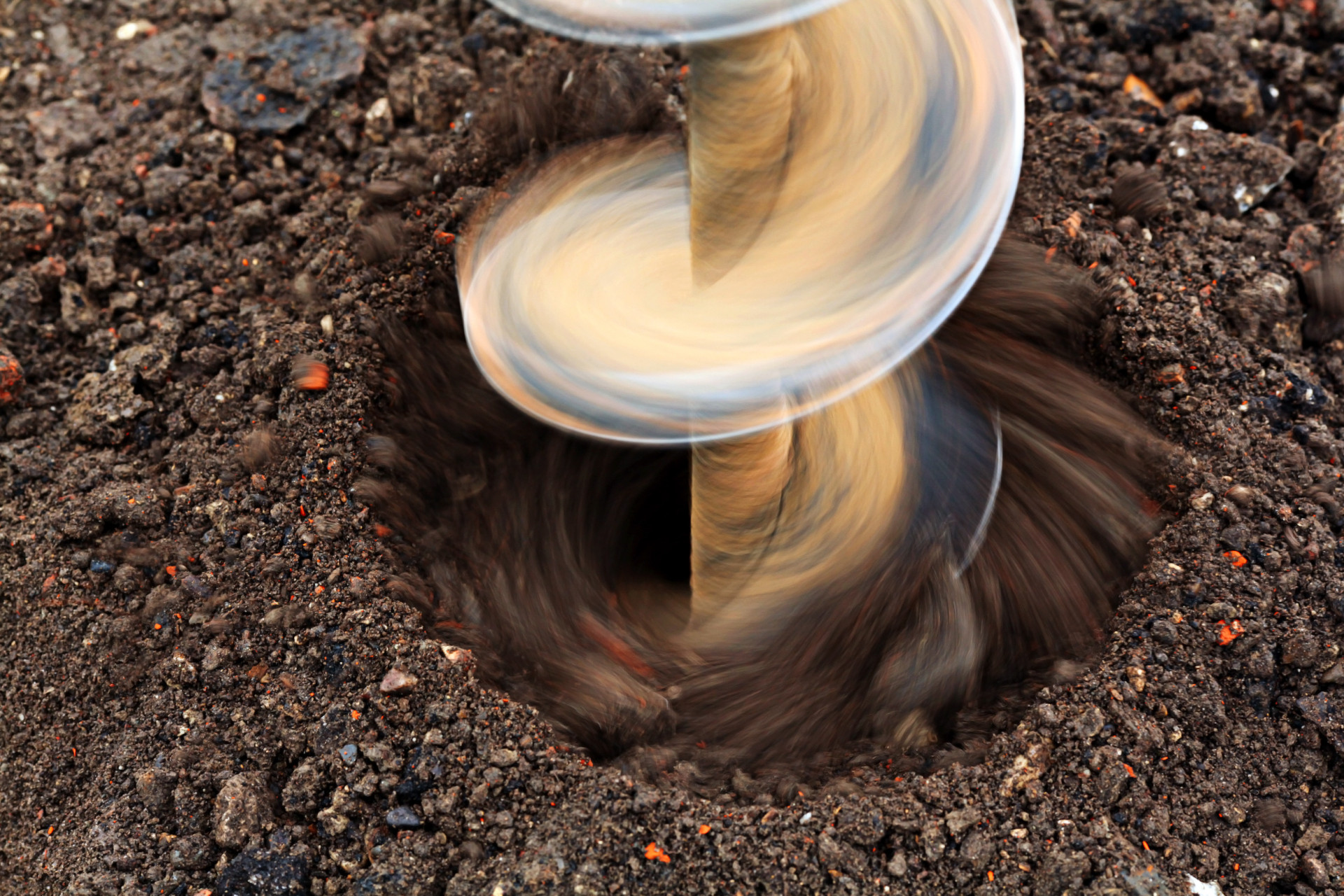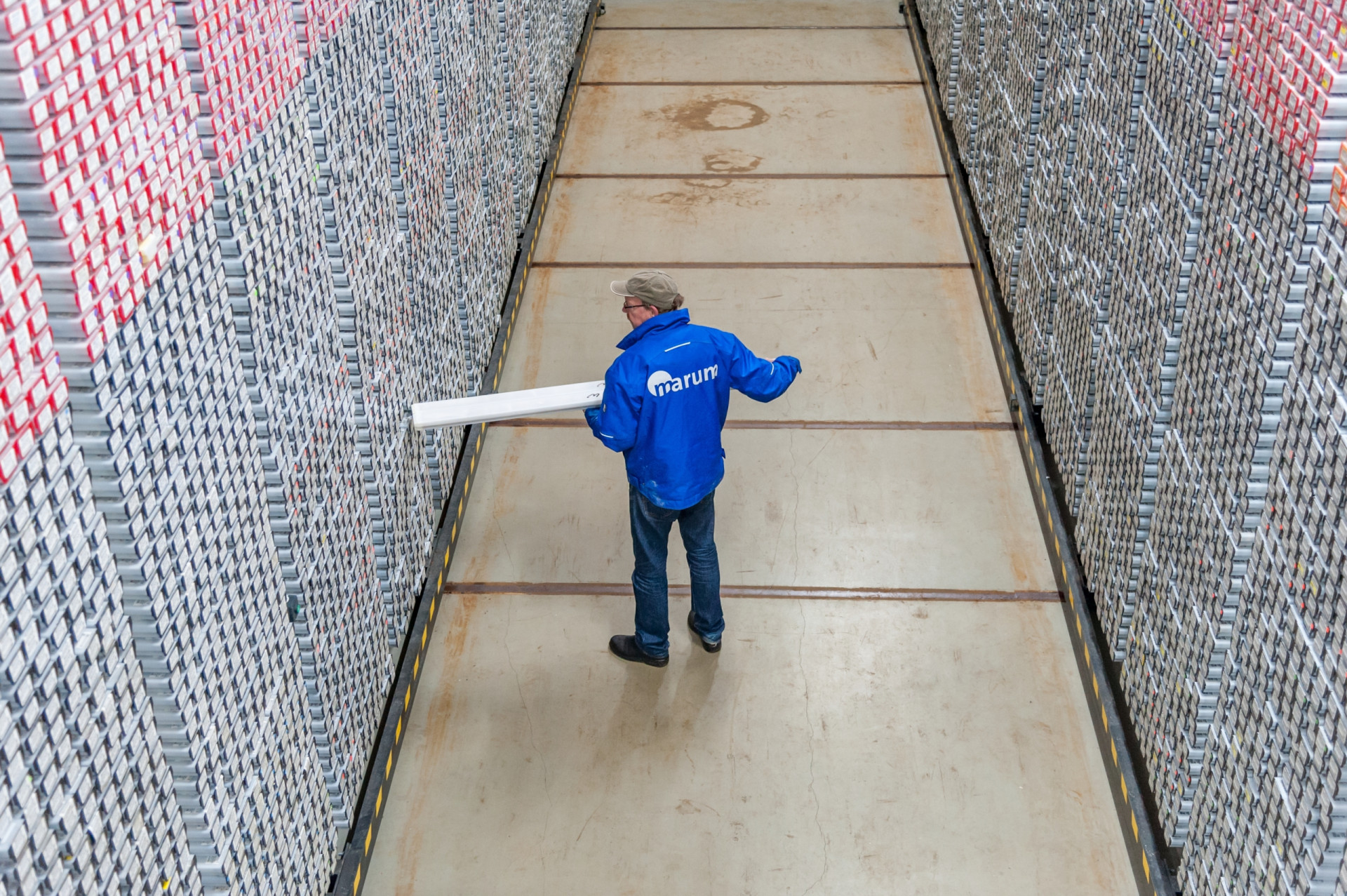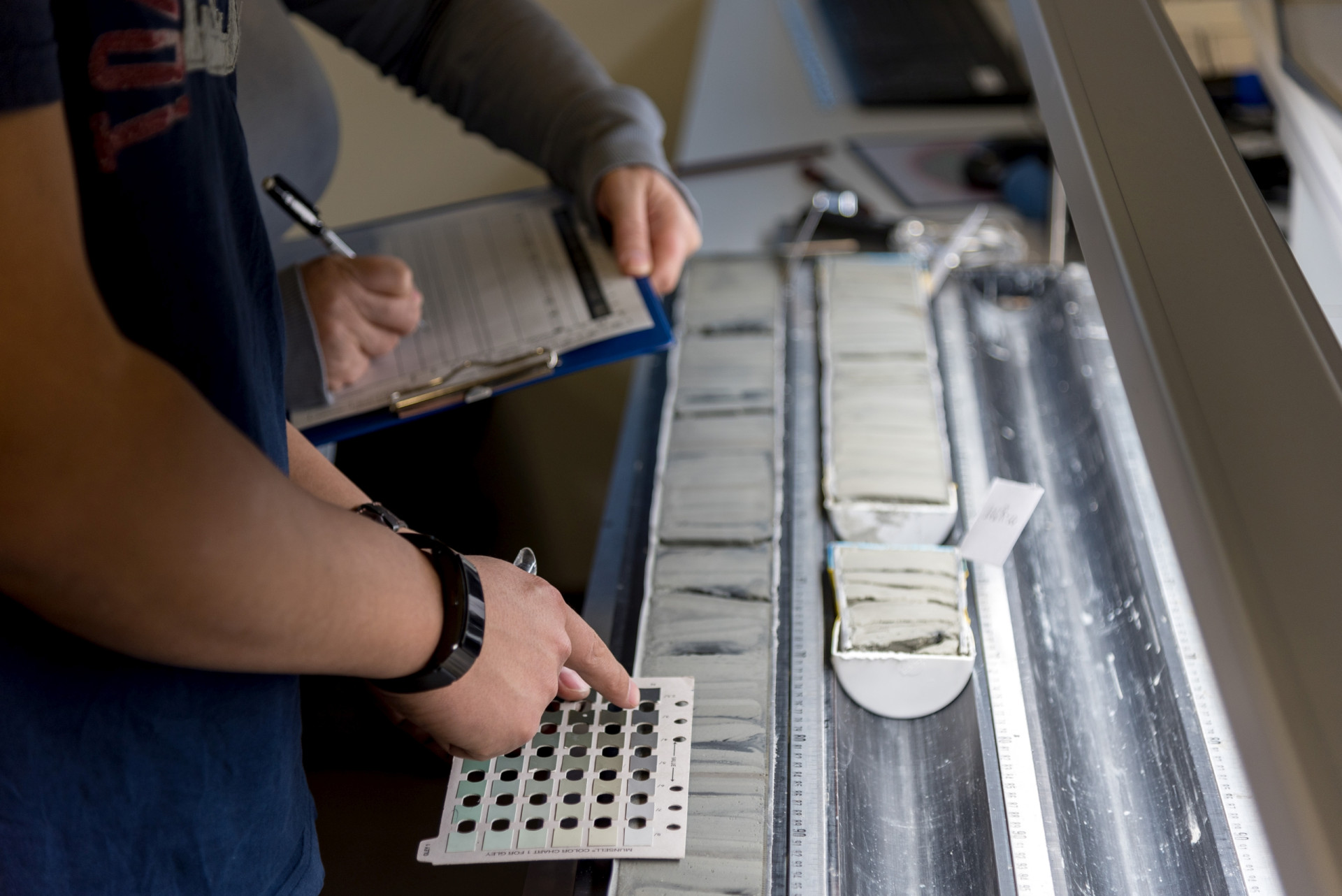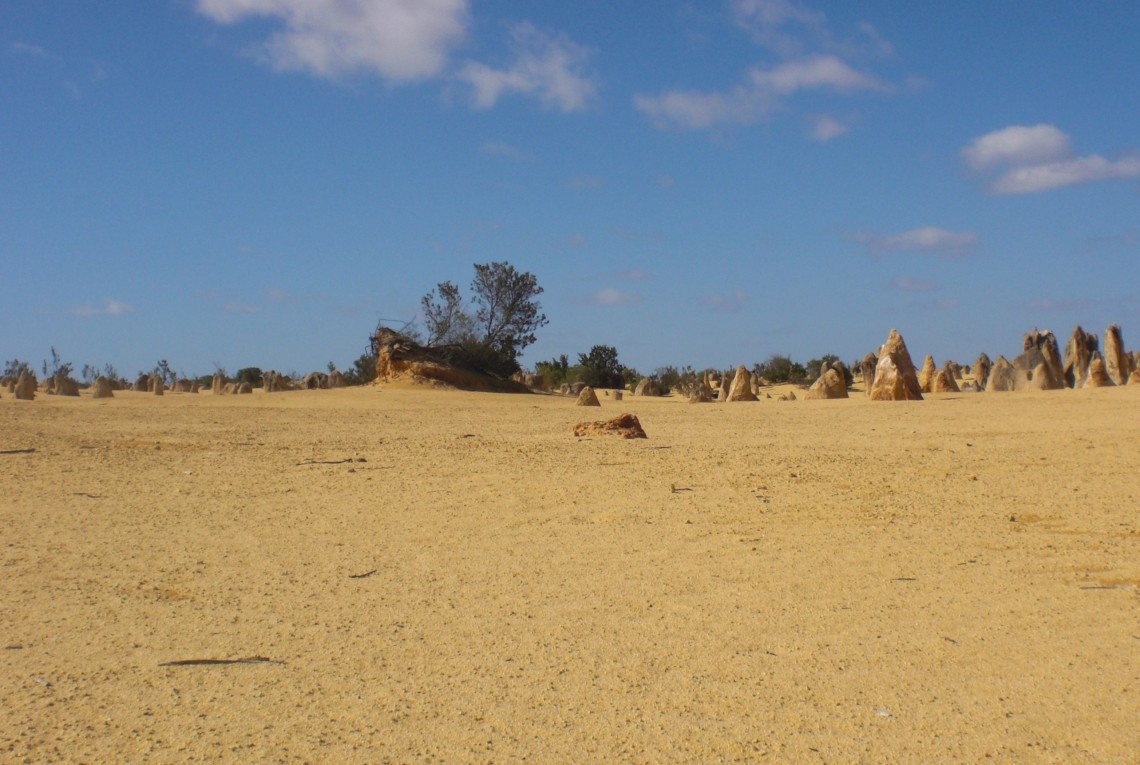Lessons for the future

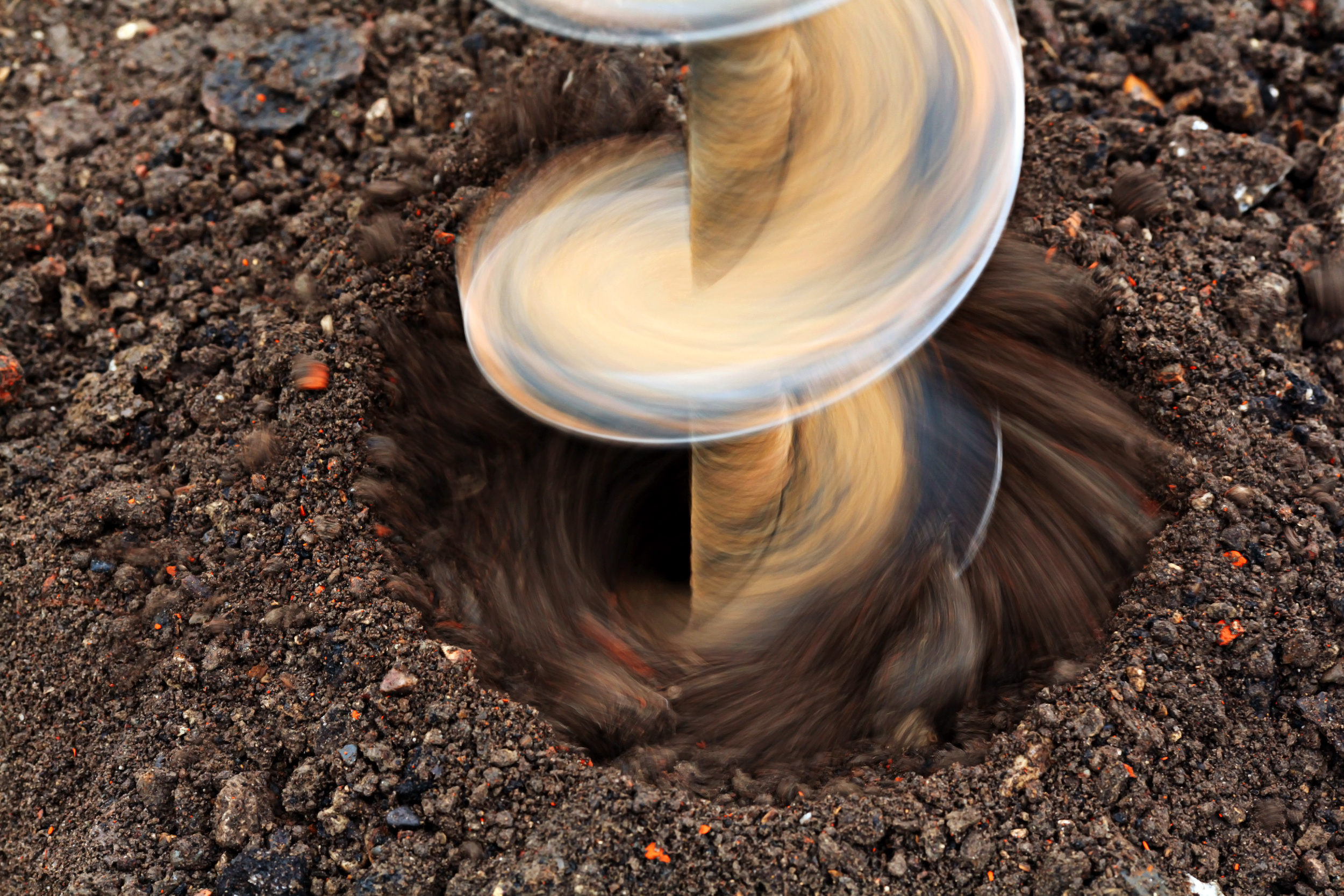
Paleoclimatologists investigate the climate of the past. Not only does that help us understand Earth’s history, it also tells us something about our planet’s future.
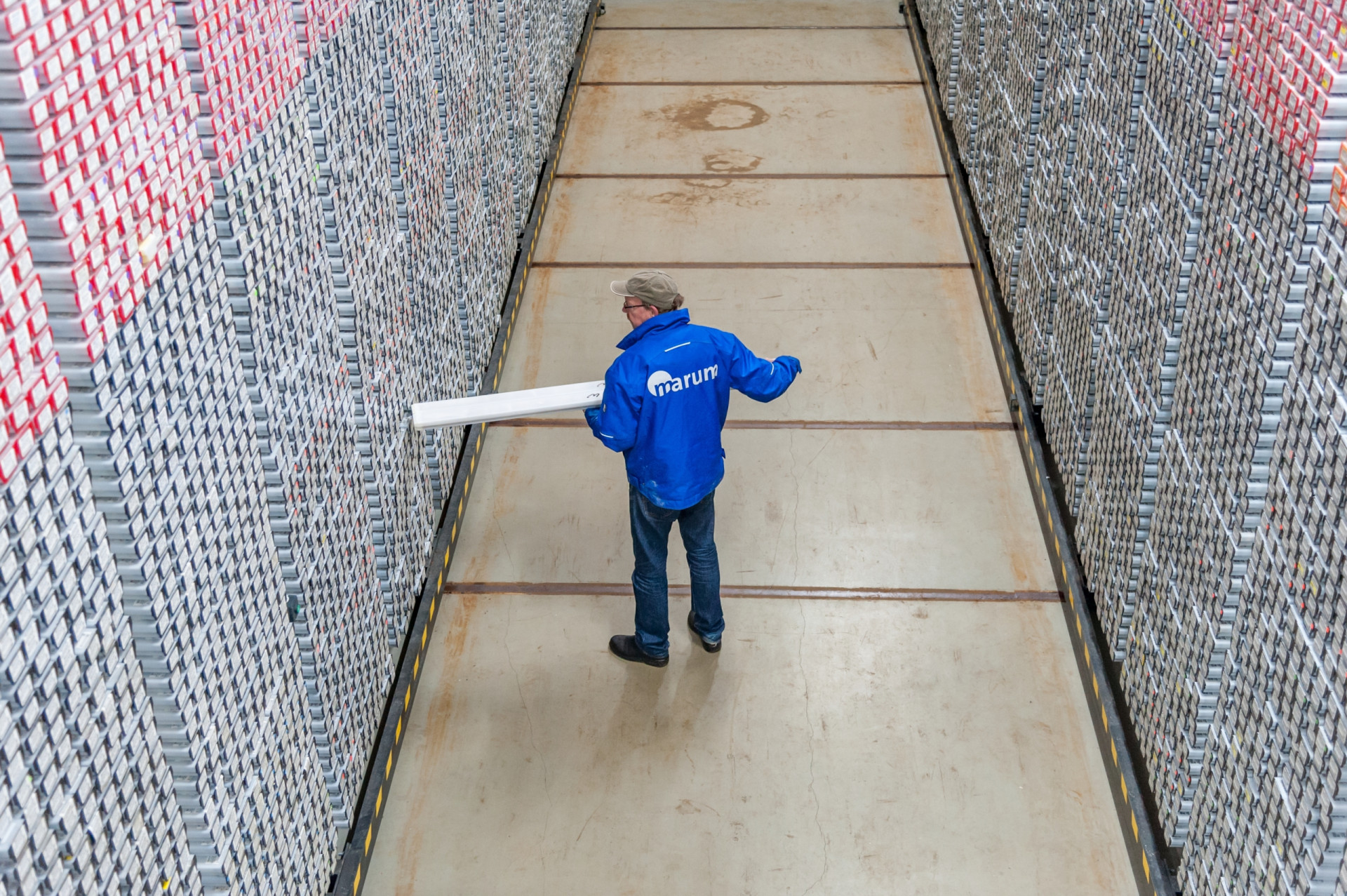
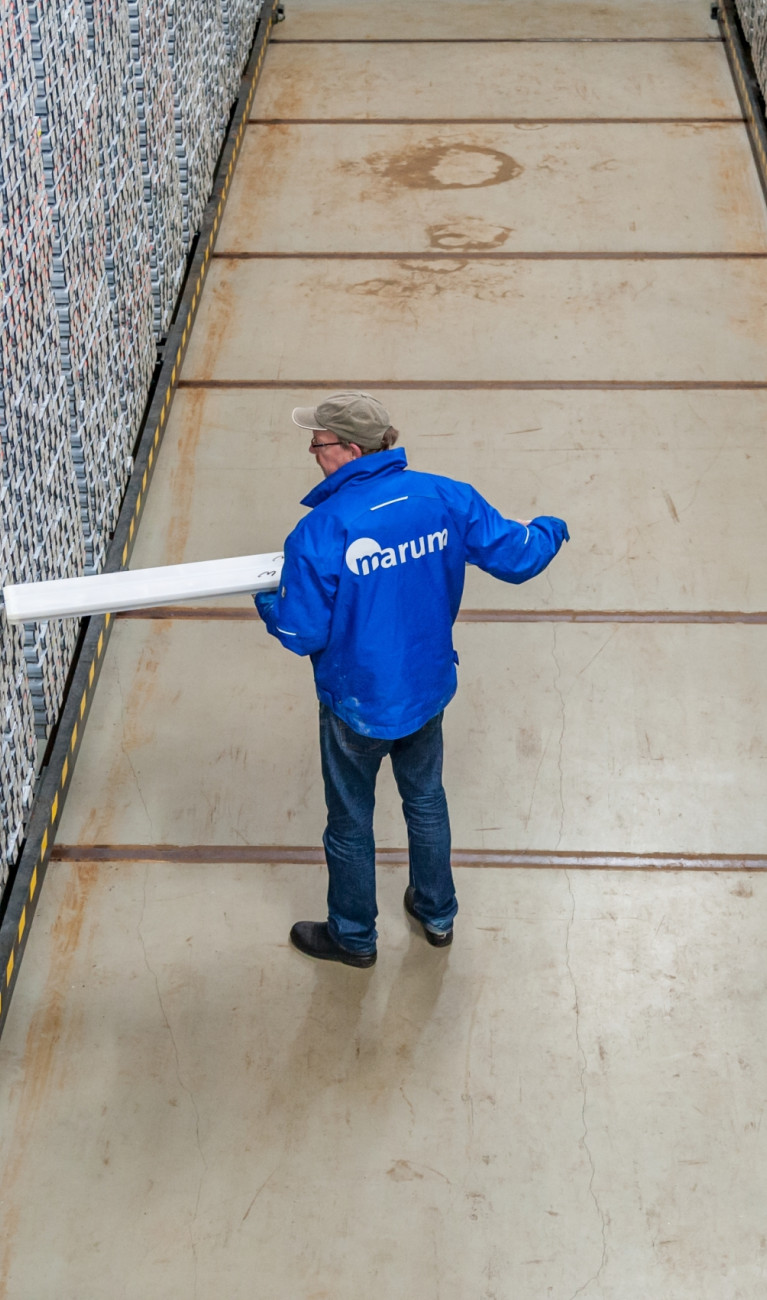
From primeval arctic forests to glaciers near the equator, the Earth’s climate has had an eventful history, and paleoclimatologists are taking a close look at it. Measuring the Earth’s surface temperature and precipitation is one way to track changes in climate, but these parameters have not been systematically recorded for very long. “We only have high-quality data with good coverage for the last 150 years or so,” says paleoclimatologist Gerrit Lohmann from the Alfred Wegener Institute, Helmholtz Centre for Polar and Marine Research (AWI) in Bremerhaven.
To track changes in the Earth’s prehistory, researchers have to resort to indirect measurements. In order to make those measurements, they have to recover and analyze relics from the past. Such climate archives are found in objects that grow over centuries, millennia or even millions of years: for example, in trees (centuries), glacial ice (millennia) or ocean sediments (millions of years). While analyzing tree rings is relatively simple from a technical perspective, expeditions involving heavy equipment are needed to extract ice and sediments. “The deeper we drill, the further we can see into the past,” says climate researcher Mahyar Mohtadi from the MARUM Center for Marine Environmental Sciences in Bremen, which houses a storage facility for ocean floor core samples.


Into the past – layer by layer
Special drilling equipment with a hollow core is used to extract core samples of ice or sediment. When the drill is brought to the surface, it contains a cylindrical piece of ice or the ocean floor. Dating reveals how far back in the past these layers of ice or sediment reach. “When analyzing ice, we can count the layers that result from annual melting phases. It's similar to looking at tree rings,” says AWI researcher Lohmann. Layers of volcanic ash also provide indications of the age. If an archive contains carbon, its age can be determined with radiocarbon dating. To do this, scientists measure the amount of radioactive carbon. The less carbon a sample contains, the older the sample is. Isotopes of other elements can also provide clues about the age of natural substances. “This is really a puzzle with many different pieces of information to be put together,” Lohmann says. And this puzzle provides insights into many millennia of the Earth’s history. Antarctic ice cores date back as much as 800,000 years, and ocean floor sediments can be much older.
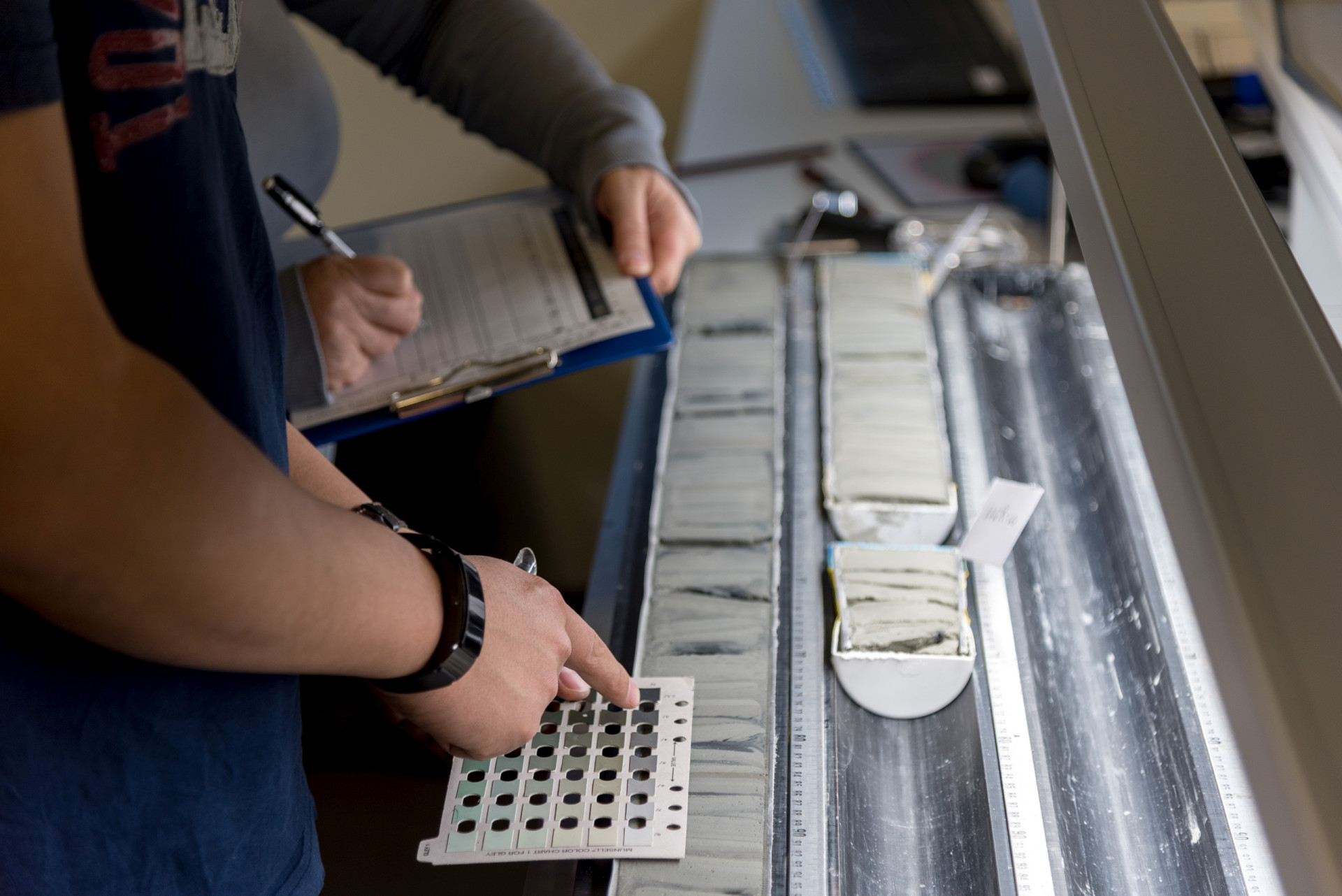
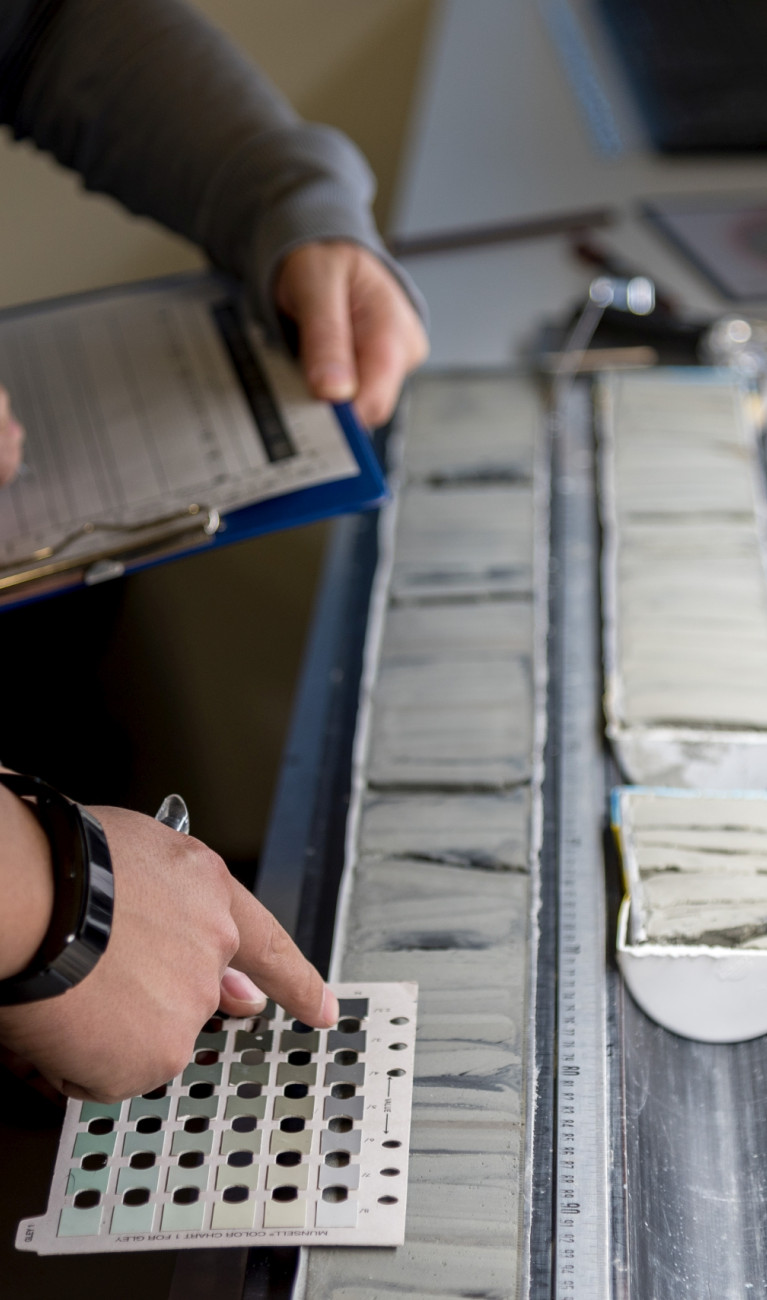
If we know the age of the layers, we can focus on other properties that tell us about earlier climates. For example, air bubbles trapped in the ice provide information about atmosphere's composition in the past. Ratios of certain elements or their isotopes tell us something about the temperature of the air or water or about the amounts of precipitation. Using data painstakingly gathered with such methods helps to reconstruct the climate of the past.
Another important tool for paleoclimatologists is computer models that use mathematical equations to describe what they know about the climate system. “We start with a basic energy balance, calculating how much solar radiation comes in and how much is scattered away, and we derive the temperature from that,” Lohmann explains. He adds that other processes are successively taken into account, such as changes in the Earth’s orbit around the Sun, the heat capacity of the oceans, the vegetation, or the concentration of greenhouse gases in the atmosphere. “That makes the model more and more realistic, but also more and more complicated.”
Data from the archives can be used to find out how well a computer model works. “We can compare the results of the simulation with the measured data to find out where the model’s weaknesses are,” says MARUM researcher Mohtadi. That is important because the models are used not only for the past but also for the future: for example, in the various warming scenarios presented in the reports by the Intergovernmental Panel on Climate Change (IPCC). The more reliably the models can duplicate the past, the more realistic their predictions are. In addition, the climate variations of the past can be used to draw parallels with anthropogenic warming in the future. For example, the dreaded tipping points at which the climate abruptly changes because of feedback mechanisms have occurred repeatedly in the Earth’s past. According to Lohmann, we need to find out “when such tipping points occurred, under what conditions, and what we can learn from that for the future.”
